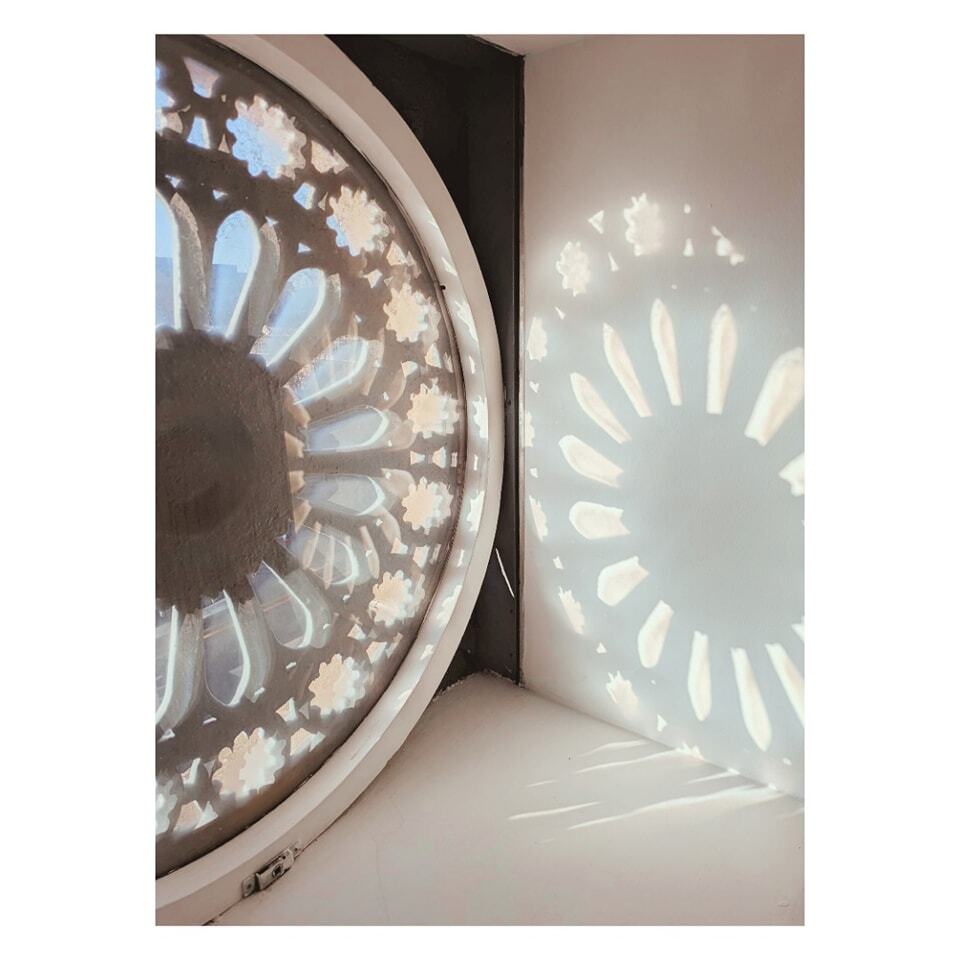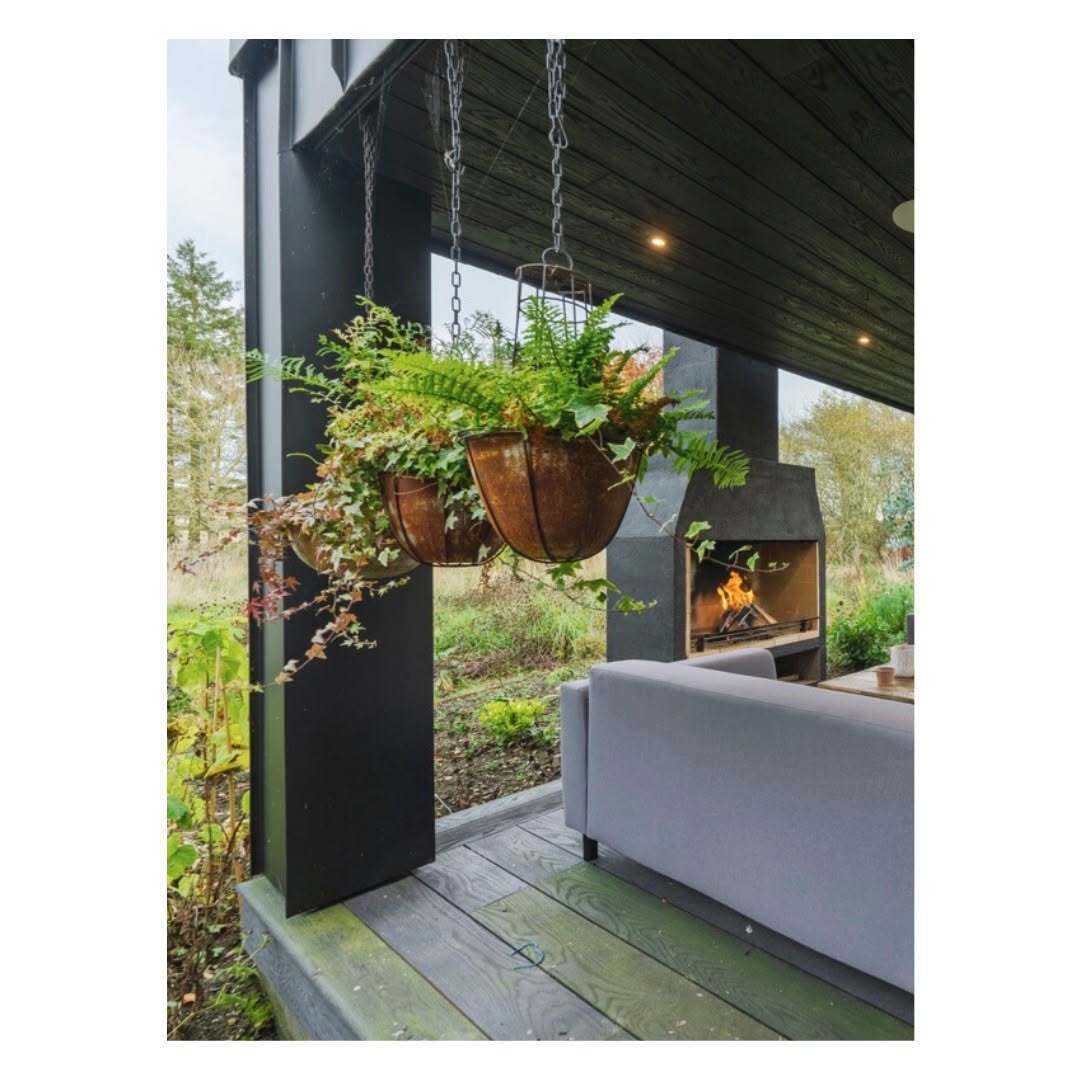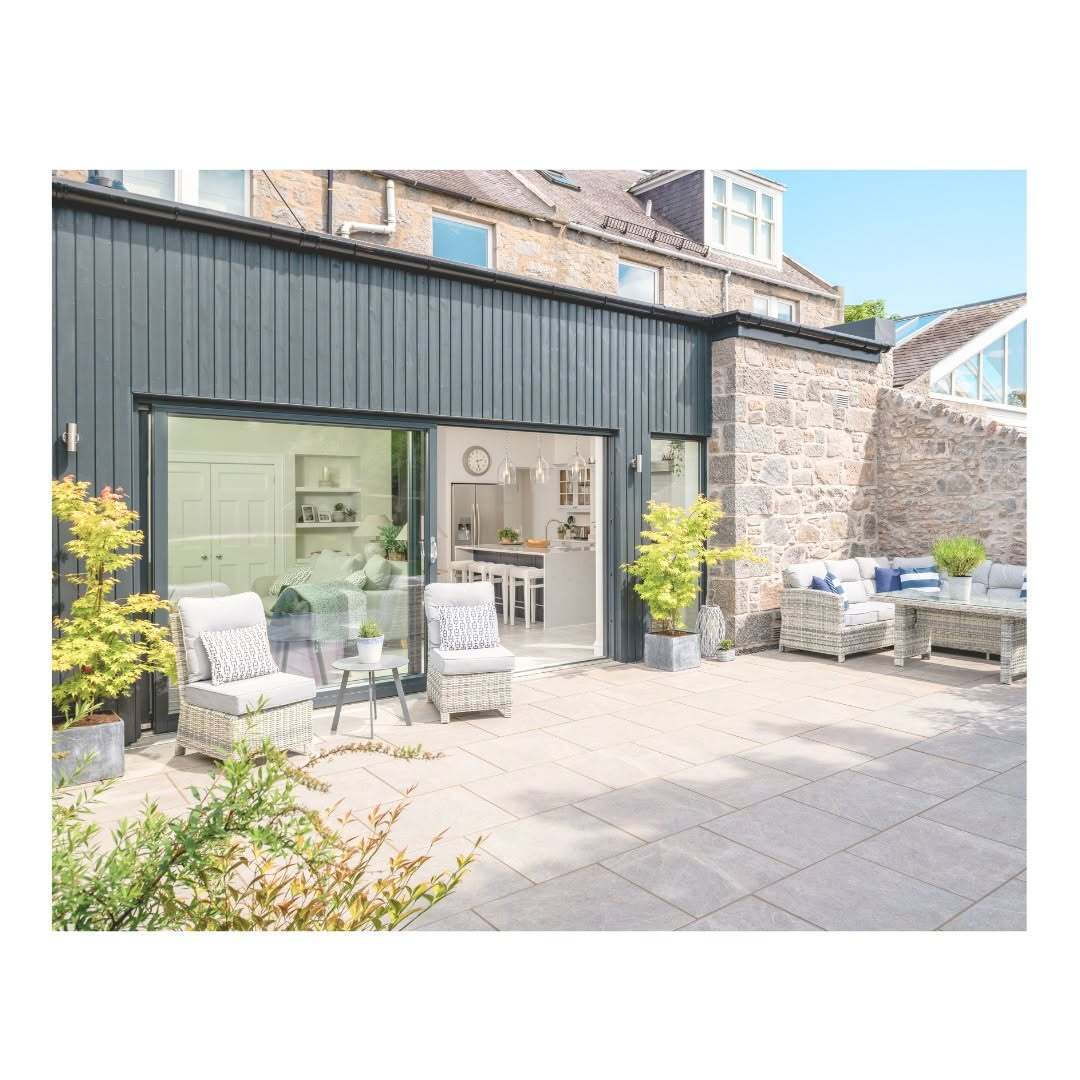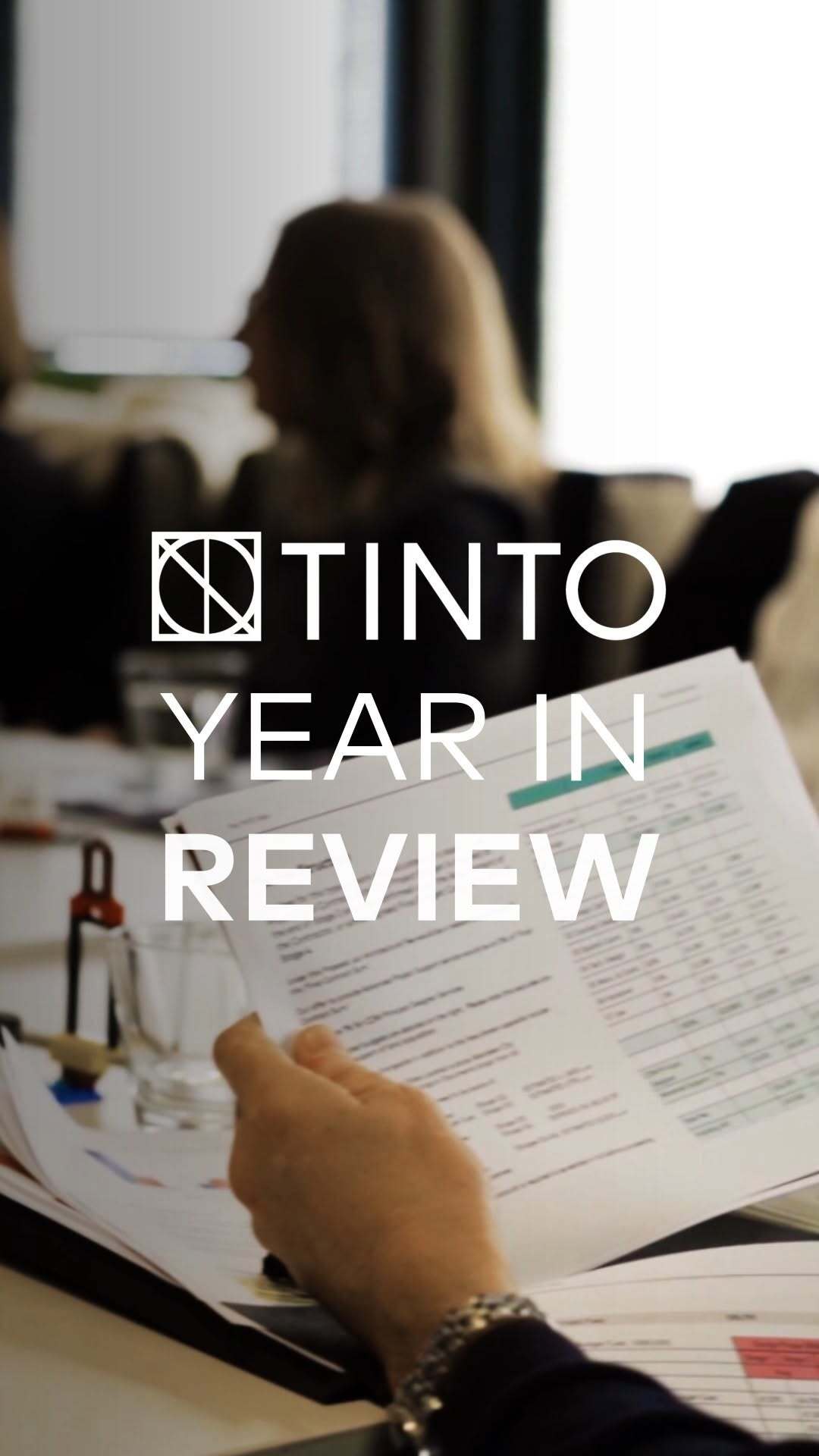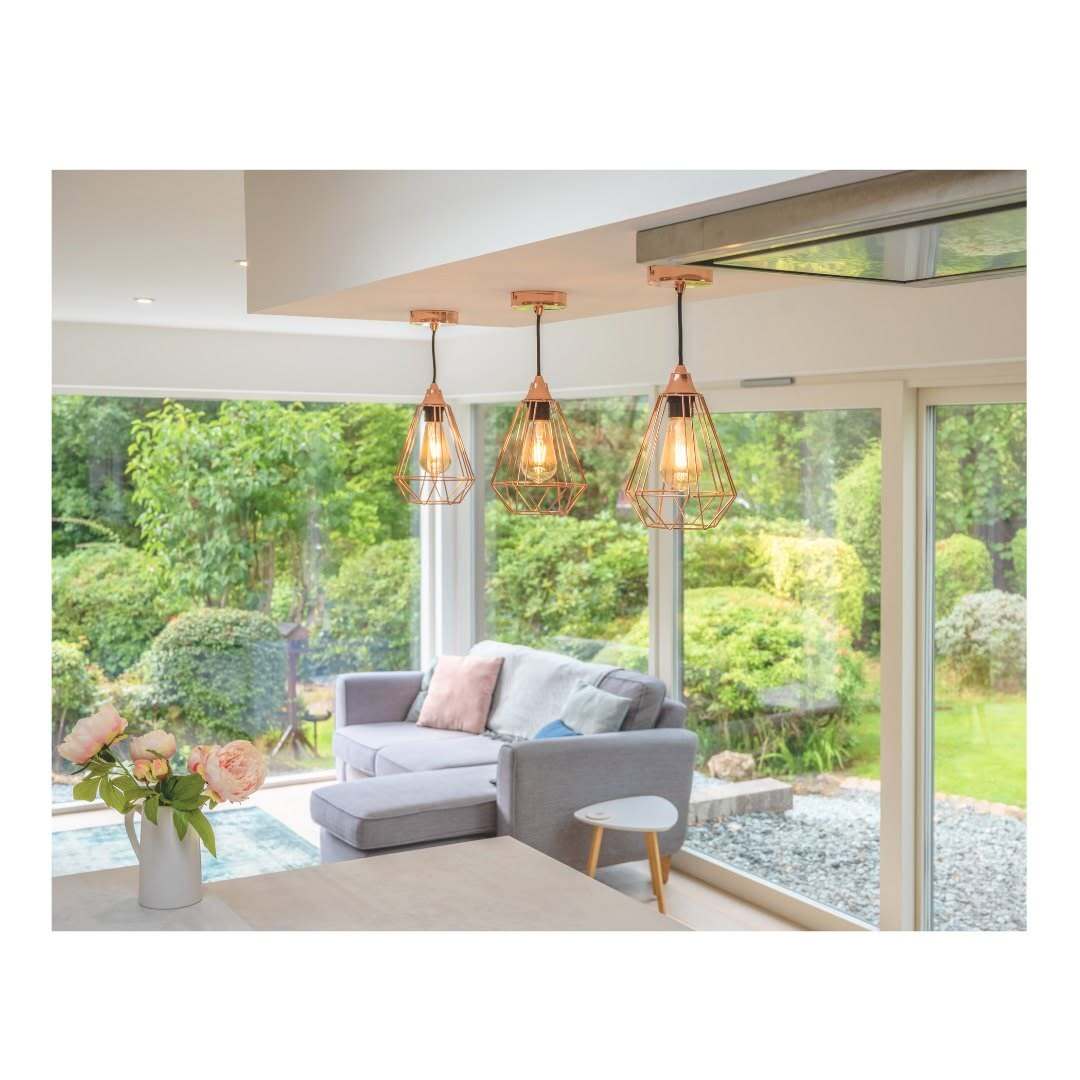How can VR become an accessible skill for collaborative design?
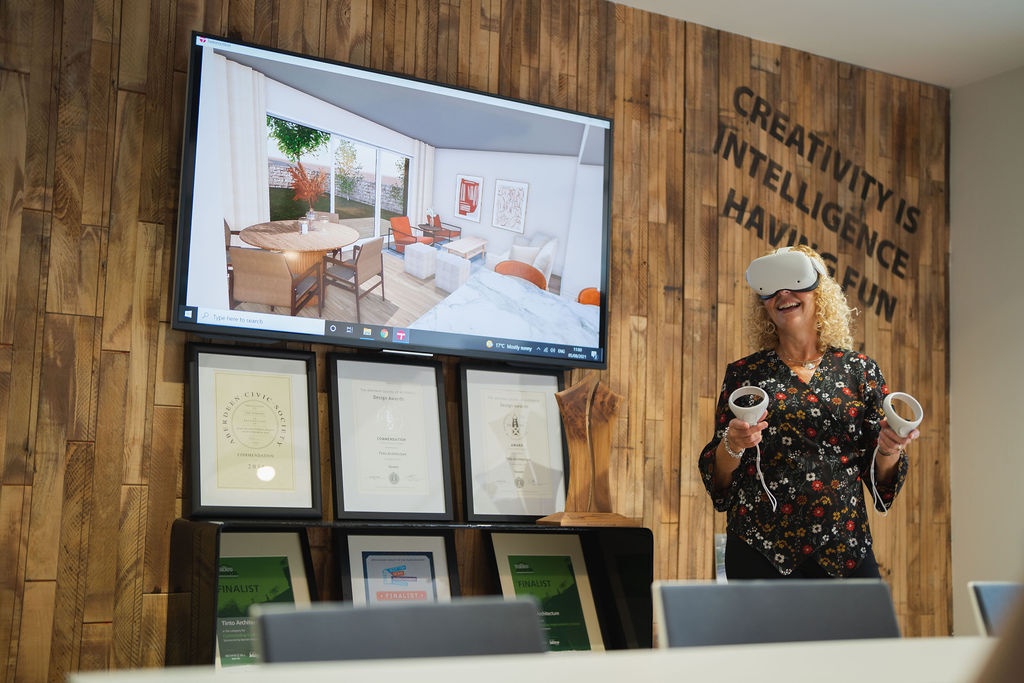
In recent years, the architecture and design field has moved from hand drawn technical details to realistic renders, and is now investigating the integration of virtual reality within the design process. At TINTO we have been working on ways to further envelop you, as our client, within your proposal and in recent months have been moving towards the roll out of a sleek visual process, which promotes client participation throughout the unique design stages. With this methodology underway, we wanted to explain why this is the right fit for The TINTO Way.
What is Virtual Reality?
Virtual Reality is the production of a simulated environment through the use of computer aided stimuli. Most recognizable for the use of goggles or a headset, the technology works by filling the user’s peripheral vision, encompassing both sound and vision to create a unique 360 experience. With a variety of movement trackers, you are free to explore your surroundings and venture further into the environment.

Why is Virtual Reality beneficial within Architecture and Interior projects?
Virtual reality allows the client to better understand the scale and materiality of their project and allows us to present a variety of layout options and material finishes, which in turn makes for clearer design intent and reduces the likelihood of large structural changes later in the development process. As designers, we are also able to illustrate our plan in a format that is less daunting and in a way that should become familiar to you as you start to recognize existing features within your development.
How will it work for you?
TINTO envisage Virtual Reality as an extra step in your journey allowing you to see your design before construction has started! By fully immersing you in the environment, you will be able to get more involved in the design and see how the scheme will look as a whole, as well as how you might circulate, explore and populate the space. This stage will normally occur after the concept drawings but before the final renders and, with this, will be developed as a project tool rather than a finished product. However, we are also able to produce ultra-high quality 360 stills that are viewable online and through any smartphone. These can be viewed singularly as well as with a cardboard headset, allowing you to get a premium VR experience from the comfort of your own home. We also see this as a great marketing tool for advertising future commercial and leisure spaces.
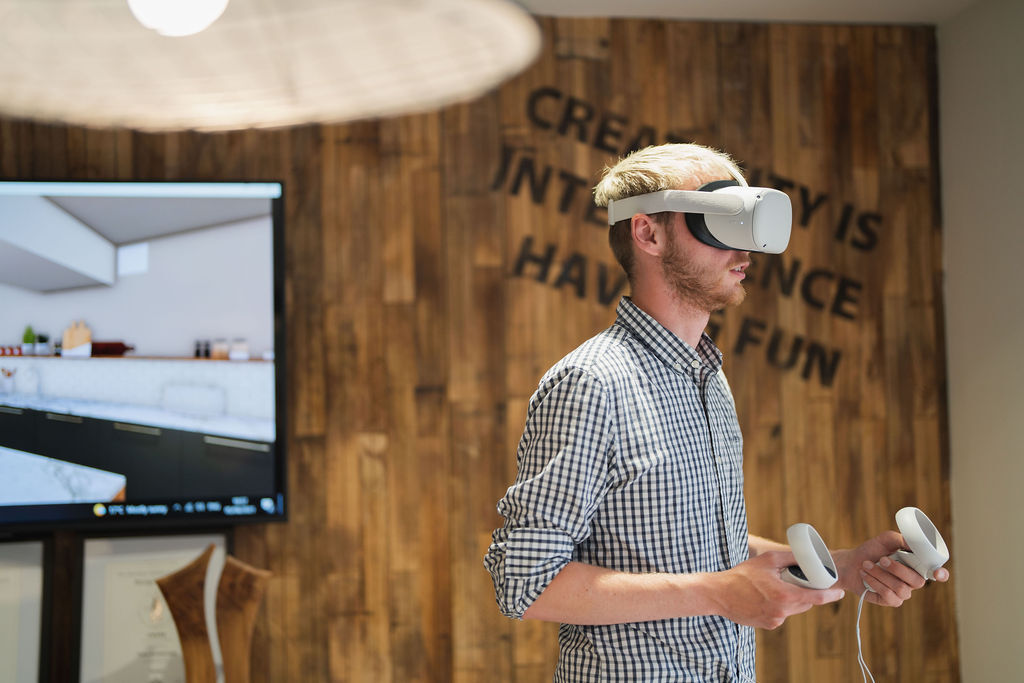
Will VR exist alongside current methods of design and display?
At TINTO, we don’t see virtual reality as a replacement for traditional design techniques but as something that will work in harmony with our current processes. With the integration of new technology, it is important that we do not forget the importance of analogue design methods, such as the speed and accessibility of sketching or the accuracy of technical drawings. Because of this, we are focusing on accessible and user-friendly methods of virtual reality that will fit seamlessly into our current TINTO Way.
